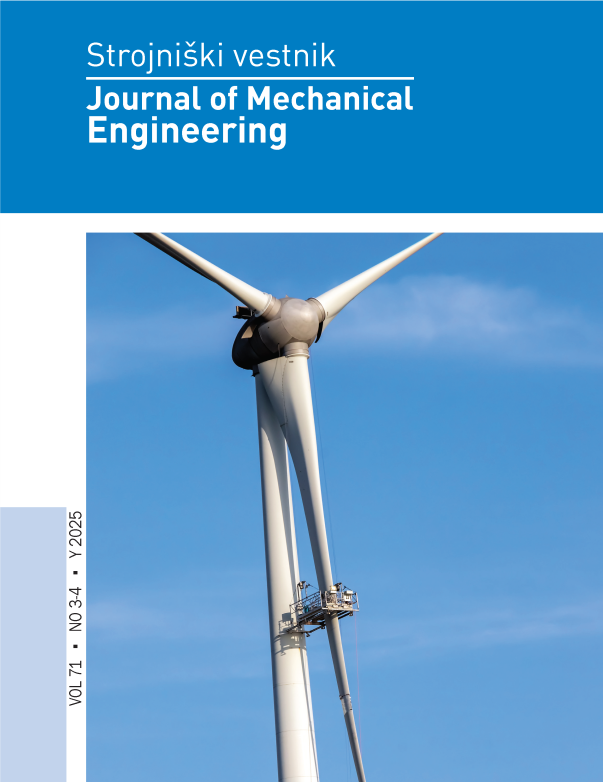The Effects of Oil Temperature and Oil Return Pressure on Oil Film Damping Characteristics of a High-Speed Solenoid Valve
DOI:
https://doi.org/10.5545/sv-jme.2024.1168Keywords:
high-speed solenoid valve, oil temperature, oil return pressure, damping force of the oil film, cavitationAbstract
A high-speed solenoid valve (SV) is a critical executive component in common rail fuel injection systems, where its dynamic response significantly influences the control accuracy of fuel injection. Moreover, this response is particularly affected by the damping force (DF) of the oil film between the armature and the iron core. To investigate the effects of oil temperature and oil return pressure on the oil film damping characteristics of high-speed SV, a numerical simulation approach was employed. Computational fluid dynamics (CFD) models were constructed to analyze the influence of oil temperature and oil return pressure on both the DF of the oil film and its cavitation properties across varying operational air gaps. The results indicate that as the oil temperature increases, the DF of the oil film generally exhibits a decreasing trend during the suction and release processes of the high-speed SV. Additionally, increasing the initial and residual air gaps can mitigate the influence of temperature on the DF of the oil film, thereby reducing the incidence of cavitation. Notably, the oil return pressure does not affect the DF of the oil film during the suction process. However, during the release process, the DF of the oil film increases with the oil return pressure when the residual air gap is small. At medium residual air gaps, the DF initially increases with the oil return pressure before subsequently decreasing, and is accompanied by oscillations during cavitation collapse. For large residual air gaps, the impact of oil return pressure on the DF of the oil film becomes negligible.
Downloads
Published
How to Cite
Issue
Section
License
Copyright (c) 2025 The Authors

This work is licensed under a Creative Commons Attribution 4.0 International License.


